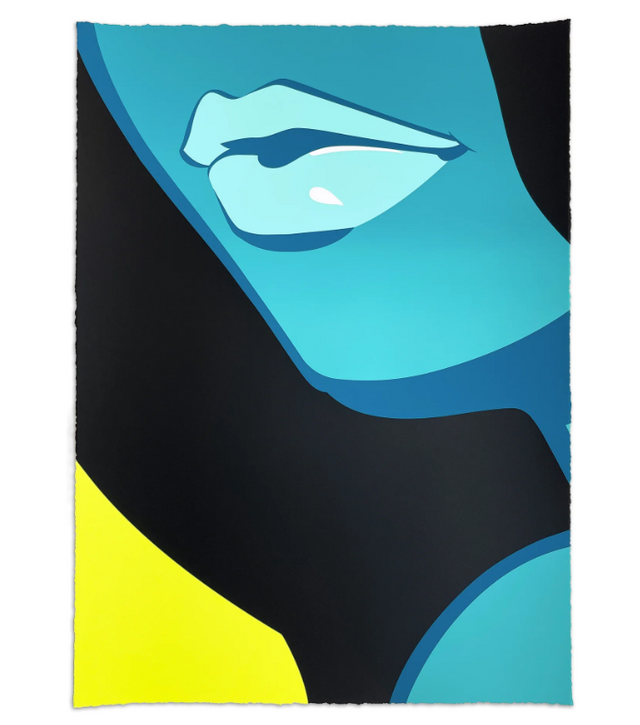
Hair
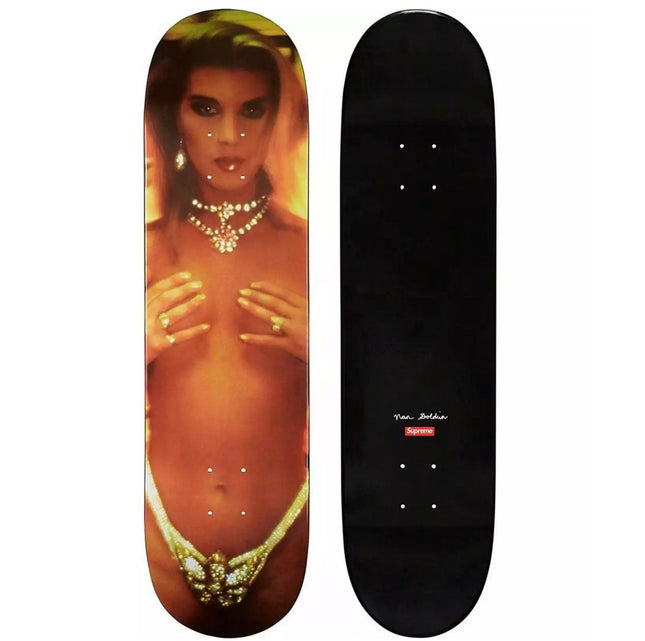
Supreme Nan Goldin Kim In Rhinestones Skateboard Art Deck by Supreme
Supreme Nan Goldin Kim Deck In Rhinestones Limited Edition Skateboard deck art by Designer Brand Supreme SS18 2018 As part of their Spring/Summer 2018 collection, Supreme worked with renowned American photographer Nan Goldin for a collaboration. These skate decks featured Goldin's classic photography. This particular deck, titled "Kim in Rhinestones" showcases Goldin's signature portrait style photography with vibrant colors and details.
$257.00
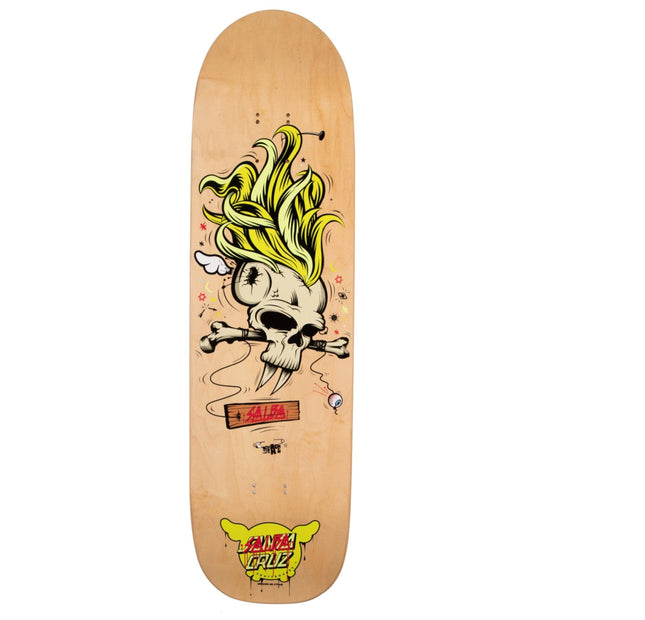
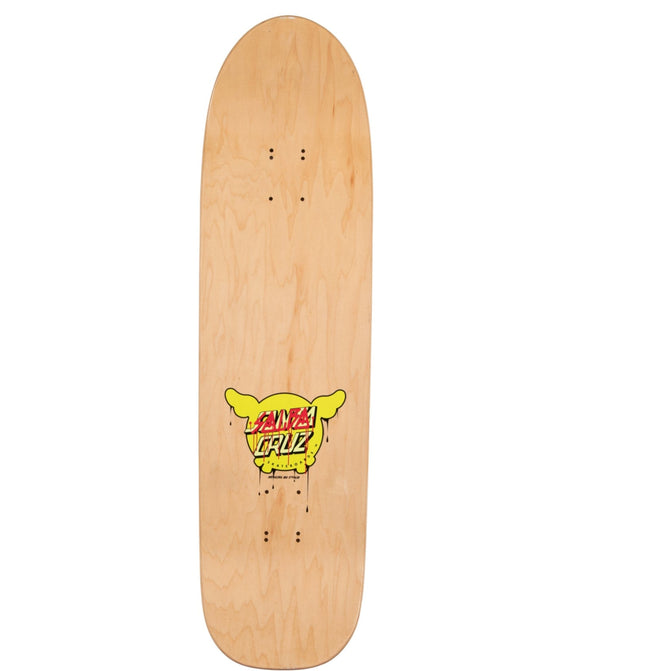
D*Face- Dean Stockton Salba Deck Silkscreen Skateboard by D*Face- Dean Stockton
Salba Deck Fine Art Limited Edition Screenprint on Natural Skateboard Steve Alba Deck by Street Artwork Graffiti Artist D*Face X Santa Cruz. 2012 D*Face X Santa Cruz Skateboards Salba, Screenprint in colors on skate deck 32 x 8 inches (81.3 x 20.3 cm) Produced by NHS Inc., Santa Cruz
$642.00
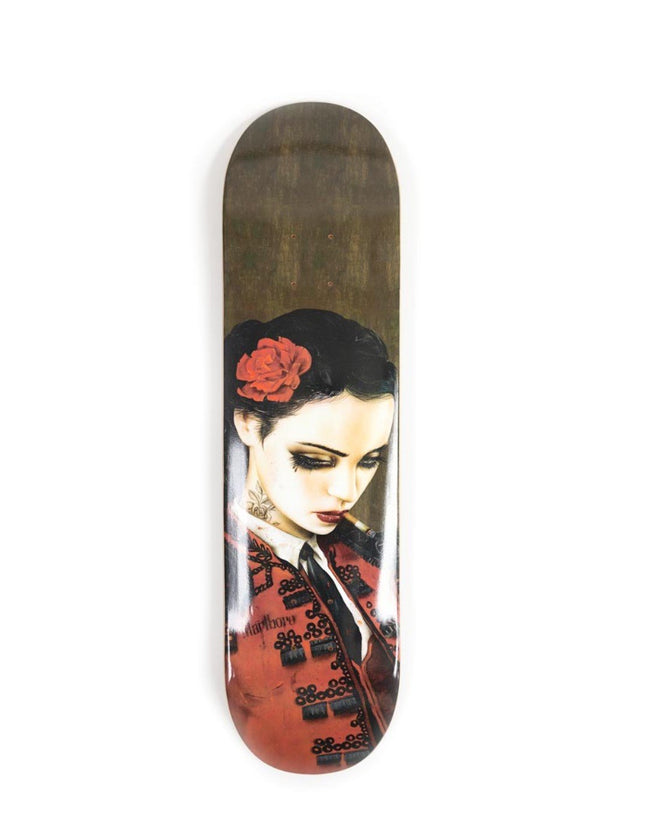
Brian Viveros Bull-Fight-Her Deck Skateboard by Brian Viveros
Bull-Fight-Her Deck Fine Art Limited Edition Archival Pigment Print Transfer on Cold Pressed Steep Natural Skateboard Deck by Street Artwork Graffiti Artist Brian Viveros. 2021 Numbered Limited Edition of 100 Archival Pigment Print Transfer on Cold Pressed Steep Natural Skate Deck Size: 8.25 x 31.875 Inches Release: September 03, 2021
$329.00
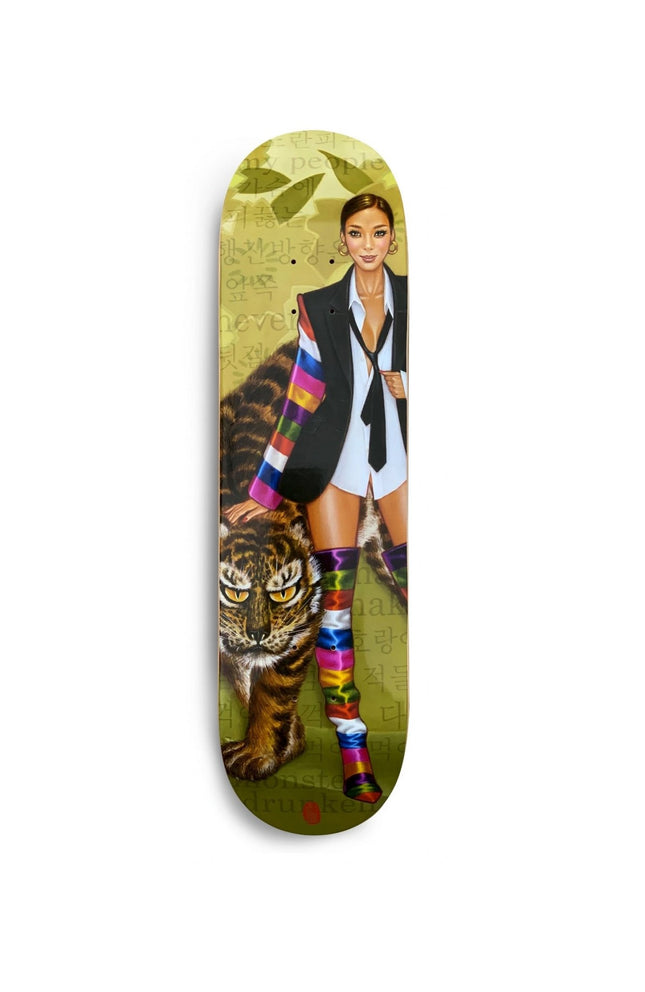
Mimi Yoon Year of the Tiger March Skateboard Art Deck by Mimi Yoon
Year of the Tiger- March Fine Art Limited Edition Archival Pigment Print Transfer on Natural Skateboard Deck by Street Artwork Graffiti Artist Mimi Yoon. Limited Edition Skateboard Deck Edition Size: 100 signed & numbered by Mimi comes with a COA made in USA
$289.00
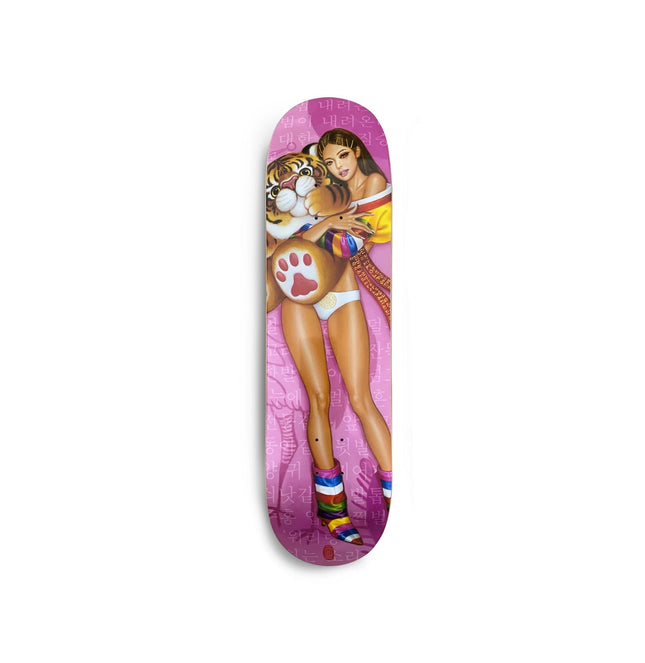
Mimi Yoon Year of the Tiger January Skateboard Art Deck by Mimi Yoon
Year of the Tiger- January Fine Art Limited Edition Archival Pigment Print Transfer on Natural Skateboard Deck by Street Artwork Graffiti Artist Mimi Yoon. Limited Edition Skateboard Deck Edition Size: 100 signed & numbered by Mimi comes with a COA made in USA
$289.00
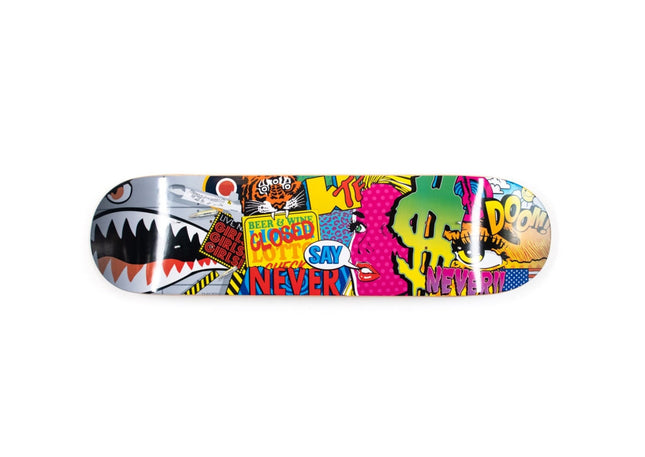
Denial- Daniel Bombardier Never Say Never Deck Skateboard Deck by Denial- Daniel Bombardier
Never Say Never Deck Fine Art Limited Edition Archival Pigment Print Transfer on Cold Pressed Steep Natural Skateboard Deck by Street Artwork Graffiti Artist Denial. 2021 Limited Edition of 35 Archival Pigment Print Transfer on Cold Pressed Steep Natural Skate Deck Size: 8 x 31.875 Inches Release: July 14, 2021 Run of: 35 Denial’s art is strongly political and social since the artist takes specific positions against issues, such as capitalism, consumer culture, and advertisements. More importantly, the artist is aware of his choices and motivations: “I like to think of myself as activist pop art. How I relate with cartoons and graphics is a lot easier than I do with photo-realistic stuff" Another aspect of Denial's work is humor. His work is satirical, which, by definition, means that it uses humor as a confronting mechanism.
$431.00
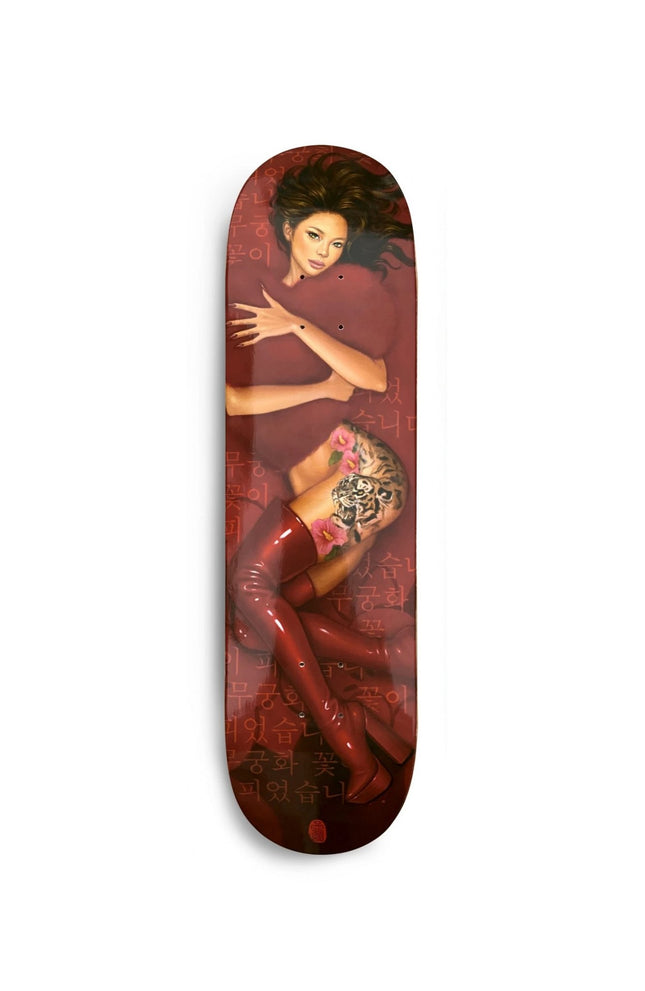
Mimi Yoon Year of the Tiger February Skateboard Art Deck by Mimi Yoon
Year of the Tiger- February Fine Art Limited Edition Archival Pigment Print Transfer on Natural Skateboard Deck by Street Artwork Graffiti Artist Mimi Yoon. Limited Edition Skateboard Deck Edition Size: 100 signed & numbered by Mimi comes with a COA made in USA
$289.00









